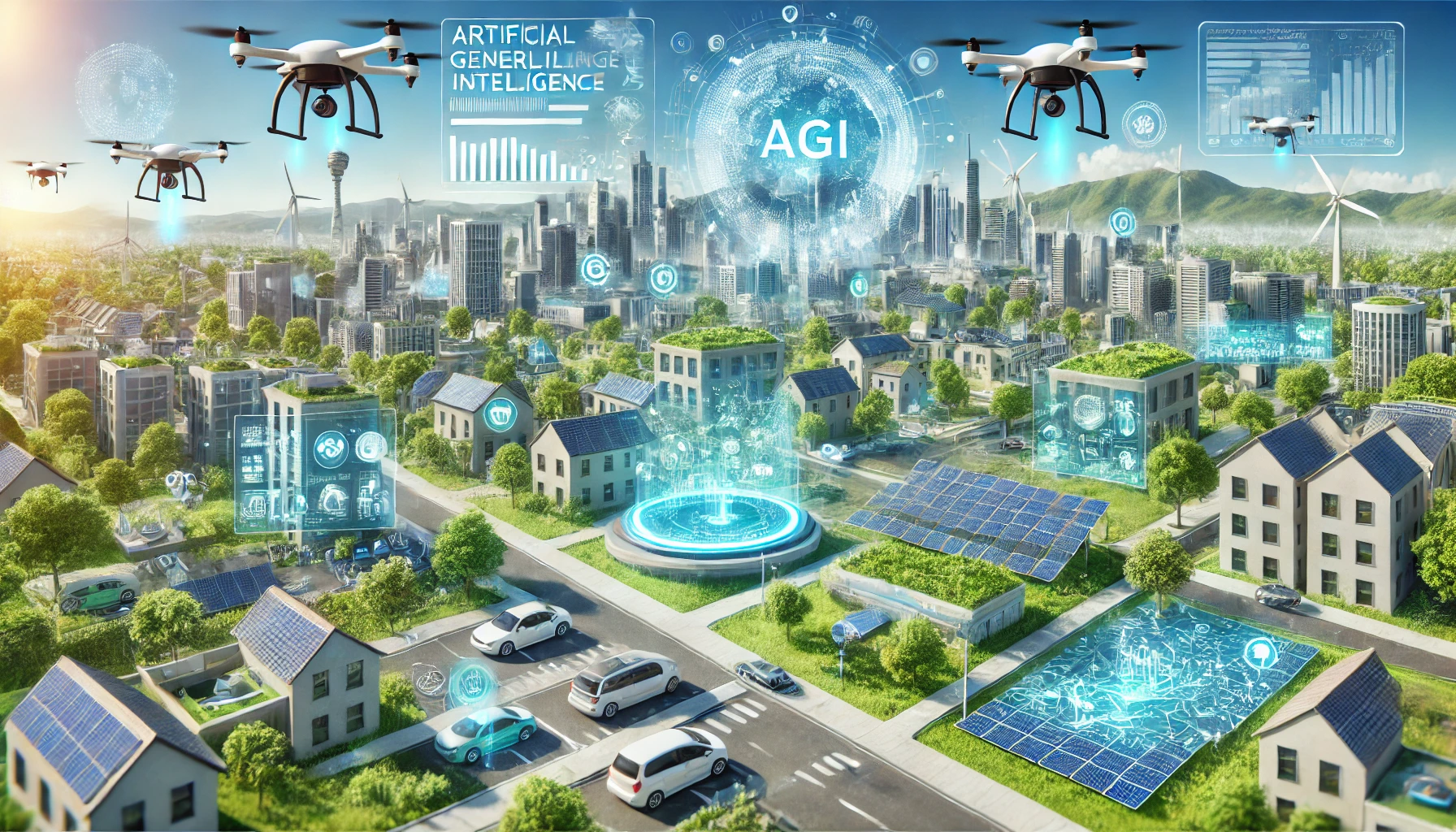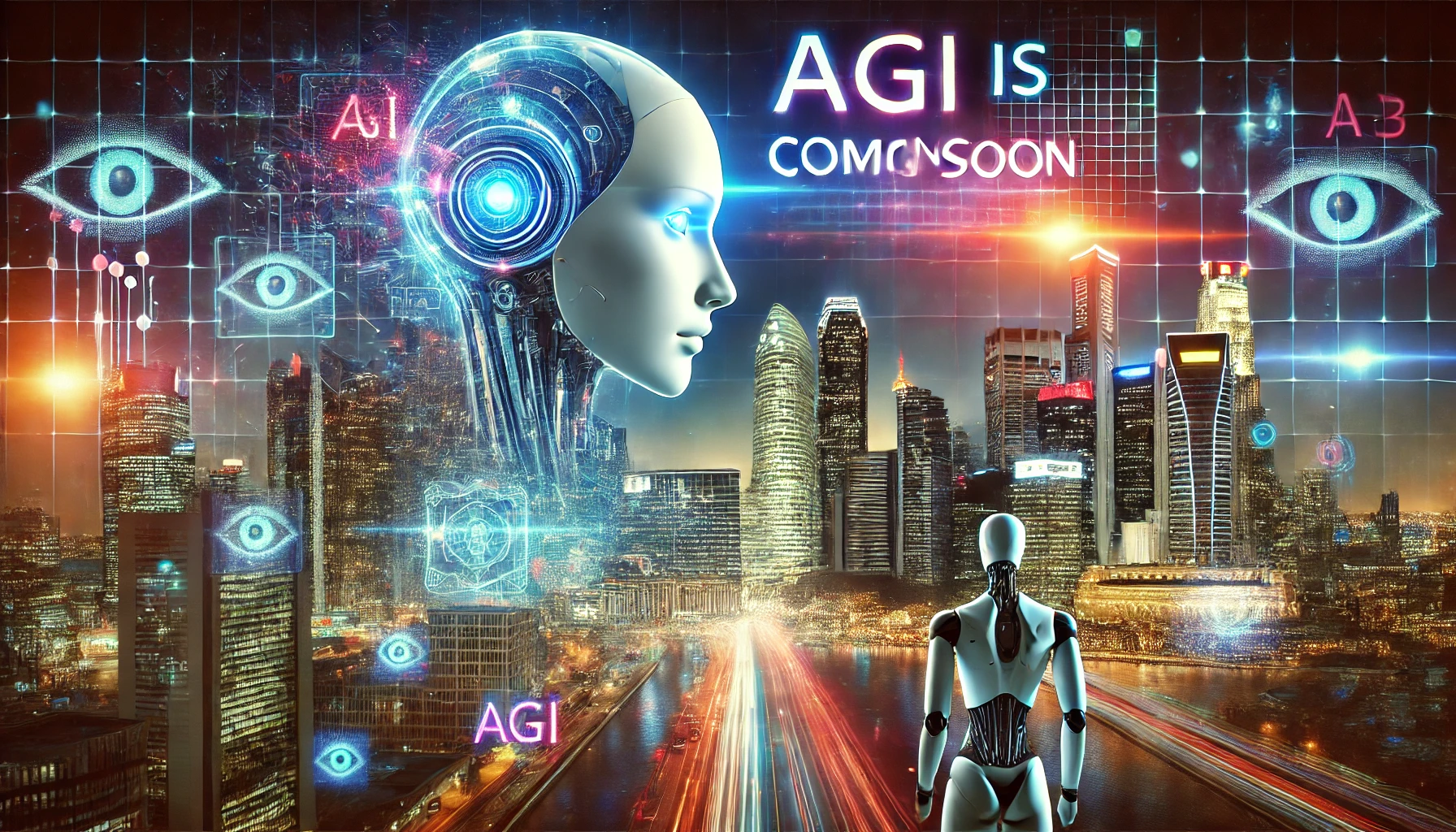Air pollution is a pervasive issue in urban areas, contributing to serious health problems, environmental degradation, and economic loss. Traditional methods to address this challenge, such as stricter regulations and public awareness campaigns, have made progress but often fall short of providing comprehensive solutions. Enter Artificial General Intelligence (AGI): an advanced form of AI capable of understanding, learning, and performing tasks at or beyond human levels across a wide range of domains. AGI has the potential to revolutionize how we tackle air pollution in urban environments.
1. Advanced Air Quality Monitoring
AGI can integrate and analyze data from a myriad of sources, such as satellites, ground-based sensors, and wearable devices, to provide real-time, hyper-local air quality insights. By recognizing patterns and anomalies in air pollution data, AGI can pinpoint hotspots, identify pollution sources, and predict trends with unparalleled accuracy.
Example: AGI systems could monitor emissions from vehicles and industrial sources in real-time, providing actionable insights to policymakers and urban planners.
2. Optimized Urban Planning
Urban planning has a significant impact on air quality. AGI can simulate complex urban scenarios, taking into account variables like traffic flow, industrial emissions, and meteorological conditions. This capability allows for optimized placement of green spaces, improved traffic management systems, and efficient zoning regulations.
Example: AGI could design urban layouts that minimize pollution concentration zones by strategically positioning parks and ventilation corridors.
3. Dynamic Traffic Management
Vehicular emissions are a major contributor to urban air pollution. AGI can revolutionize traffic management by dynamically adjusting traffic light patterns, suggesting optimal routes for drivers, and even controlling autonomous vehicles to reduce congestion and emissions.
Example: An AGI-powered traffic system could predict rush hour congestion and reroute vehicles in real-time to minimize stop-and-go traffic, reducing emissions significantly.
4. Industrial Emission Control
AGI can assist industries in adopting cleaner technologies and processes by analyzing operational data and recommending or autonomously implementing changes. It can also monitor emissions to ensure compliance with environmental standards.
Example: Factories could use AGI systems to detect inefficiencies in their processes and adopt cleaner, more sustainable methods of operation.
5. Enhanced Public Awareness and Behavior Modification
AGI can personalize communication campaigns to influence public behavior, encouraging individuals to adopt environmentally friendly practices. By understanding human behavior patterns and preferences, AGI can craft messages that resonate deeply with diverse urban populations.
Example: Personalized app notifications could encourage commuters to carpool or use public transport on high-pollution days.
6. Predictive and Preventive Measures
One of the most promising capabilities of AGI is its predictive power. By combining historical data with real-time inputs, AGI can forecast pollution events before they occur and recommend preventive measures.
Example: AGI could predict a potential spike in air pollution due to an incoming weather system and advise industries to temporarily reduce emissions or governments to issue advisories.
7. Policy Support and Decision-Making
Governments often face challenges in formulating and implementing effective air quality policies due to limited data and analysis. AGI can provide policymakers with comprehensive impact assessments of proposed measures, enabling more informed and effective decision-making.
Example: AGI systems could model the outcomes of proposed emission regulations and suggest refinements to maximize their effectiveness.
Challenges and Ethical Considerations
While AGI offers transformative potential, it also presents challenges, such as the need for vast amounts of data, potential biases in decision-making, and ethical concerns related to surveillance and privacy. Addressing these issues will be critical to ensuring AGI serves the greater good.
Conclusion
The application of Artificial General Intelligence to combat air pollution in urban areas is a game-changer. From monitoring and prevention to public engagement and policy support, AGI’s capabilities can create cleaner, healthier, and more sustainable cities. However, its implementation must be guided by ethical principles and a commitment to equity to ensure it benefits all urban residents.
As we advance toward realizing the full potential of AGI, its role in addressing air pollution could mark a turning point in the fight for sustainable urban living.
[SEO optimized]


